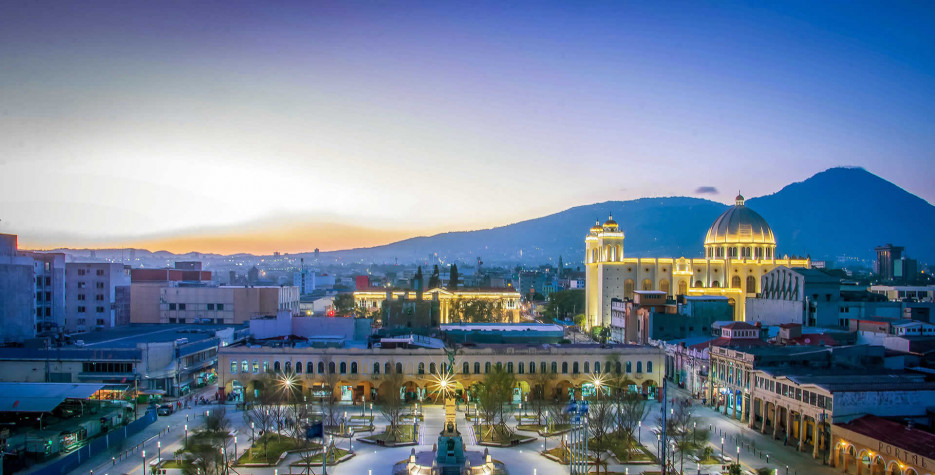When is the Fiestas Patronales?
The Fiestas Patronales are two days of regional holiday, observed in San Salvador, El Salvador on August 4th and 5th.
Accompanied by the National Holiday of Fiesta de San Salvador, these days are dedicated to the celebration of the Divine Saviour of the World, Jesus Christ, who El Salvador is named after.
History of Fiestas Patronales
When the Conquistador Pedro de Alvarado decided to name the new land he had conquered in the name of Spain, he went straight to the top and named it after Jesus Christ. The full name he chose was "Provincia De Nuestro Señor Jesus Cristo, El Salvador Del Mundo" ("Province of our Lord Jesus Christ, the Saviour of the World"). Unsurprisingly, this name was quickly abbreviated to "El Salvador" (The Saviour). Just in case anyone missed the message, the capital was named San Salvador ("Holy Saviour").
Fiestas Patronales is a tradition that came over the Atlantic with the Spanish. Every city and town would have a particular saint as their patron. The feast day of that saint would then be celebrated with a festival each year. Across El Salvador, most municipalities, cities or towns still observe their Fiestas Patronales. Jesus Christ is the patron of El Salvador. That poses a slight problem as to which day to celebrate. For patron saints, the date of their death is often used; with Jesus that is already covered by Easter, and his birth is also taken. Instead, El Salvador's Fiesta Patronales is celebrated on August 6th, the Feast of the Transfiguration.
The Feast of the Transfiguration
The transfiguration of Jesus is reported several times in the New Testament as an event where Jesus becomes radiant in glory. This was seen as a key event in the Gospel, showing the divinity of Jesus to all those present.
Despite the transfiguration being mentioned in at least four books, no date was given. In the Western Church, it was finally set on August 6th by Pope Callixtus III in 1456 to commemorate the lifting of the Siege of Belgrade, when the Hungarians delayed the Ottoman Empire's expansion into Europe. The siege ended on July 22nd and it took until August 6th before the news arrived in Rome.
Back to the present day, and Fiesta Patronales is seen as a patriotic holiday as well as a religious one. Also known as Fiestas Agostinos (August Feasts), two days of municipal holidays take place in San Salvador, before the whole country gets involved on August 6th for the 'Celebration of the Divine Saviour of the World' (Celebración del Divino Salvador del Mundo).
A highlight is "the descent" (la bajada) in which a large parade carrying a wooden statue of Jesus dressed in purple takes place through the streets of San Salvador before ending up in front of the Metropolitan Cathedral. The statue then descends inside a globe (or sometimes a chalice) before emerging, covered in white garments signifying the transfiguration.


